Home renovation and house-hunting shows have become a staple of television programming, offering viewers a glimpse into the process of transforming spaces and finding dream homes. These shows are often packed with excitement, inspiring home improvement enthusiasts and those interested in real estate. However, what many don’t realize is that much of what is portrayed on these programs is scripted, manipulated, or even staged for the sake of drama and entertainment. Behind the carefully curated scenes, there are plenty of hidden truths that reveal how these shows aren’t exactly what they seem. Here’s a closer look at 11 popular home renovation shows that are mostly fake.
1. Fixer Upper
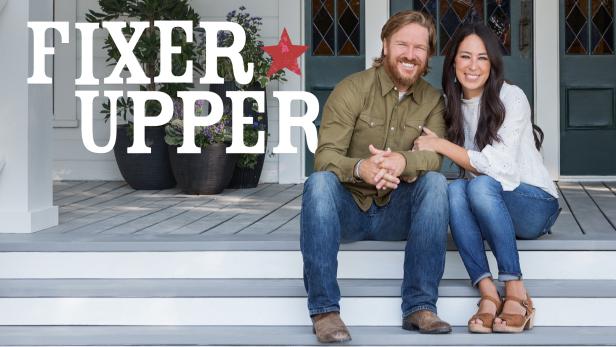
Fixer Upper, hosted by Chip and Joanna Gaines, was one of the most popular home renovation shows of the 2010s. While it became a cultural phenomenon, many viewers don’t realize that much of the work presented on the show is staged. While the renovations showcased are often impressive, a lot of the work was completed before the cameras rolled, and the homeowners typically aren’t involved in the entire process.
In addition to pre-completion, the final reveal scenes are often highly choreographed for maximum drama and emotional impact. Many of the homes shown have already undergone significant renovations before the reveal, meaning the results viewers see are not entirely accurate. The show’s success, however, can be attributed to its likable hosts and the appealing aesthetic of the finished homes, despite the fact that not everything is as it appears.
2. Property Brothers
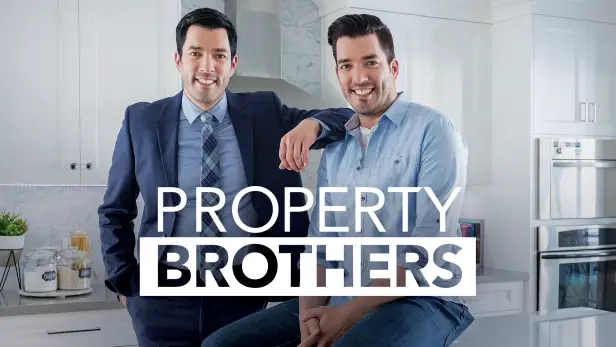
Property Brothers, hosted by twins Drew and Jonathan Scott, has captivated audiences for years, showcasing dramatic home transformations. However, behind the scenes, a lot of the process is heavily scripted, and the final results are not always what they seem. The show often uses real estate agents and designers to find properties, but the homebuyers frequently don’t make the final decision until after the work is already done.
Another common trick is that the renovations are frequently done on an expedited timeline, with many elements of the design already planned out long before filming begins. The brothers also tend to work with a limited budget, but hidden costs, especially for materials and labor, are often not disclosed. While the dramatic renovations are certainly entertaining, they often don’t give a true picture of the effort and cost required for such projects.
3. Love It or List It

In Love It or List It, homeowners are faced with the decision to either renovate their current home or sell and move into a new one. However, many fans don’t realize that the renovations on the show are often more about TV drama than real life. In many cases, the renovations are done on homes that have already been listed for sale before the show even begins, and the homeowners have typically already made their decision to leave.
Moreover, the timeline of the renovations is often compressed for the sake of the show, making it appear as though these projects are completed much faster than they would be in reality. Additionally, many of the design choices shown on the show are simply temporary fixes and don’t always align with the homeowners’ long-term desires. These manufactured decisions can leave viewers with an unrealistic sense of how home renovations actually unfold.
4. House Hunters

House Hunters has been a beloved TV staple for years, showing families in search of their dream homes. While it may seem like an authentic depiction of the home-buying process, much of what’s presented on the show is scripted. The properties that appear on the show are often not actually for sale at the time of filming, and the homebuyers typically have already made their decision before the cameras begin rolling.
Additionally, the choices the couples or families are shown don’t always reflect their actual preferences, as producers often manipulate the narrative to add drama. The budget that’s discussed on the show may not align with what the buyers are actually able to spend. This leads to the perception that buying a home is as easy as choosing from three options, when in reality, the process is often far more complicated.
5. Extreme Makeover: Home Edition
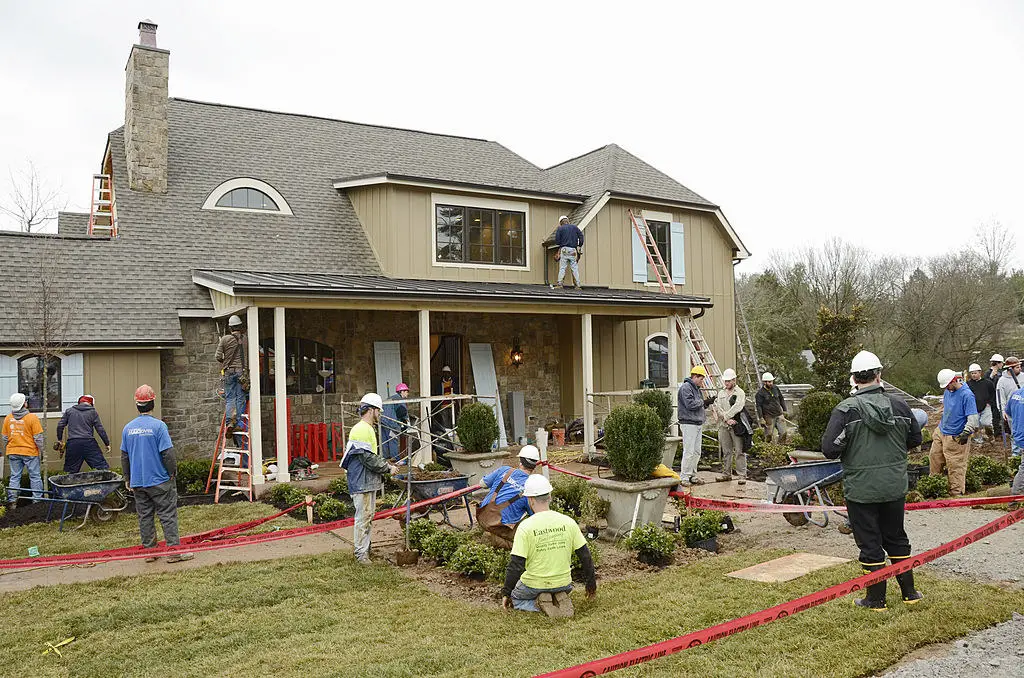
Extreme Makeover: Home Edition was a groundbreaking show known for its dramatic transformations and heartwarming reveals. However, much of the work shown on the show was completed before the cameras even began rolling. In fact, the renovation was often nearly finished by the time the family was invited to stay in a hotel, awaiting the big reveal.
Another key point is that the show’s tight timeline often led to rushed decisions, which were not necessarily in the best interest of the families or the long-term sustainability of the homes. The emotional aspect of the show, while powerful, often overshadowed the practical realities of the renovations. As a result, the show exaggerated how quickly and effectively home makeovers could be completed on such a grand scale.
6. Fixer to Fabulous
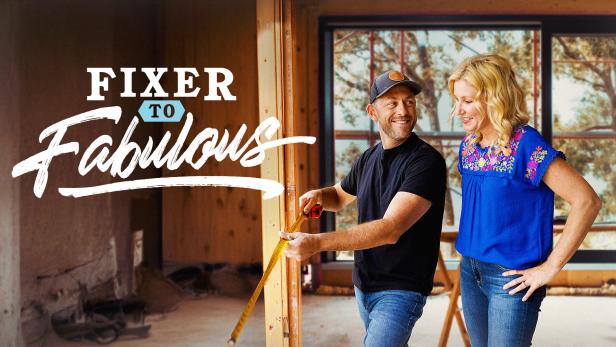
Fixer to Fabulous, hosted by Dave and Jenny Marrs, has gained popularity for its small-town charm and impressive renovations. However, like many other shows, there is a significant amount of pre-planning and editing that takes place behind the scenes. While the Marrs family certainly undertakes real renovations, the timeline, budget, and design choices are sometimes altered to fit the narrative of the show.
Additionally, viewers may not realize that many of the homes featured on the show were already renovated to some extent before the cameras arrived. The finished products often appear far more polished than they would be in reality, with numerous behind-the-scenes adjustments. While it’s still an enjoyable show, it’s important to recognize that much of what is seen is not a completely authentic representation of the process.
7. My Lottery Dream Home
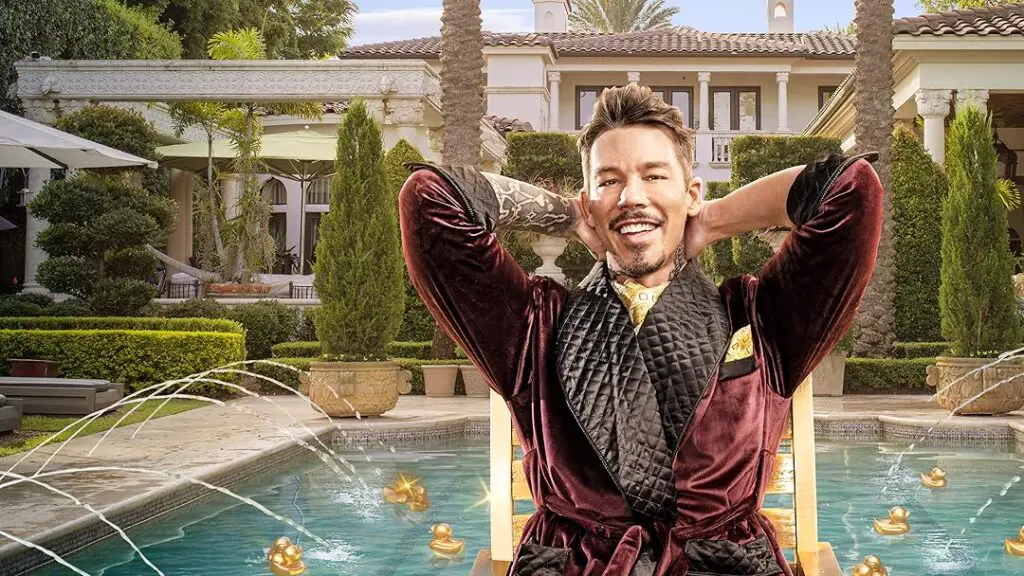
On My Lottery Dream Home, host David Bromstad helps lottery winners find their dream homes. While the show is fun to watch, the process is far from authentic. Often, the homes shown on the show have already been purchased or selected before the taping begins, meaning the “search” is more of a formality than an actual decision-making process.
The budget presented to the audience is also often a bit of an exaggeration, with the winning lottery ticket’s value sometimes adjusted to fit the storyline. In some cases, the homes shown are also pre-renovated or staged to look more appealing. The show’s focus on showcasing extravagant properties can sometimes obscure the reality of the home-buying process.
8. Beachfront Bargain Hunt

In Beachfront Bargain Hunt, homebuyers are shown trying to find their perfect beach house at an affordable price. While it seems like a great opportunity to watch people secure their dream vacation homes, much of the process is manipulated. The buyers often don’t end up purchasing the homes they “view” on the show, and many of the houses have already been bought before the filming began.
The budget and location portrayed in the show are also frequently exaggerated, leaving viewers with unrealistic expectations of what can be bought in certain areas. The process is more about creating a narrative than capturing the true home-buying journey. This adds a layer of fiction to a show that’s meant to highlight the joy of securing a beachfront property on a budget.
9. Tiny House Nation
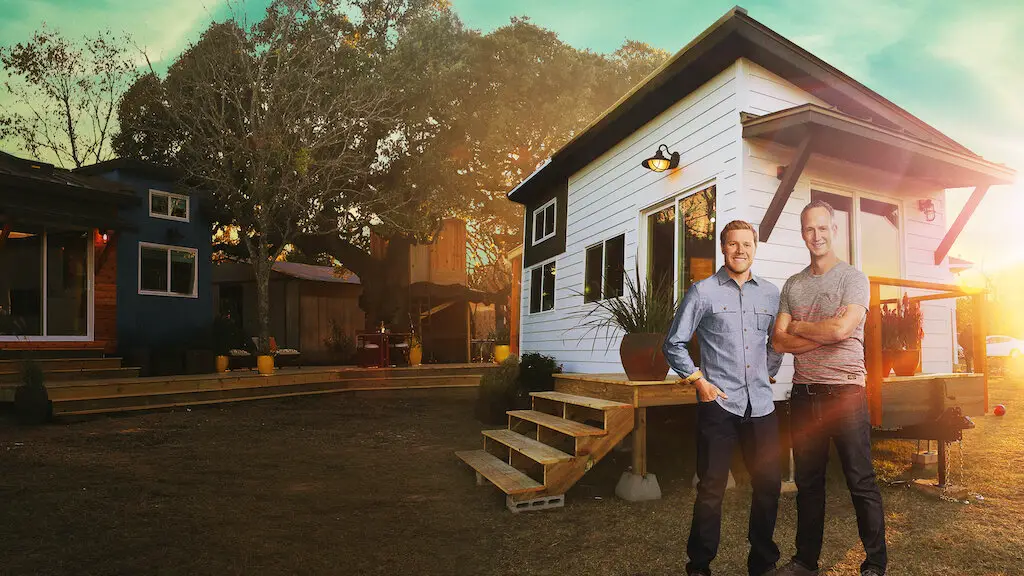
Tiny House Nation takes viewers on a tour of homes that are drastically smaller than the average American home. While these small spaces are certainly creative, the show often skews the reality of tiny house living. Many of the homes featured on the show are constructed with limited time and resources, and the production team sometimes provides behind-the-scenes help to ensure everything fits within the tiny house format.
Additionally, the “savings” on a tiny home renovation are often exaggerated. In many cases, the tiny houses shown are custom-built from the ground up, which can make them significantly more expensive than viewers are led to believe. The challenges of tiny house living, such as storage, plumbing, and electrical systems, are often glossed over for the sake of the show’s narrative.
10. A Very Brady Renovation
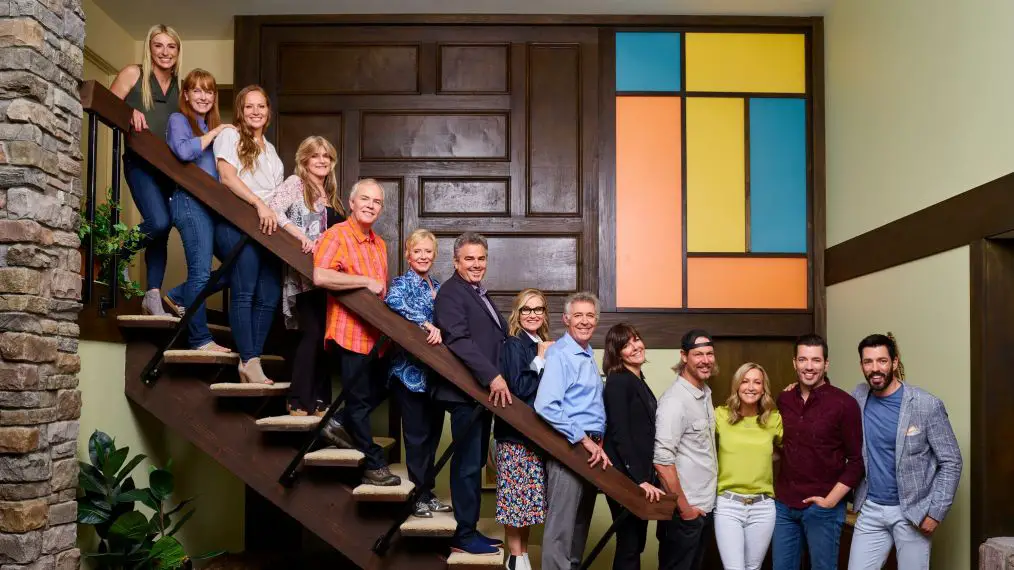
A Very Brady Renovation brought together the cast of The Brady Bunch to renovate the iconic home featured in the beloved TV show. While it was heartwarming to see the cast reunite, the renovation was far more scripted than it appeared. Many of the design choices and elements were already decided before the show began filming, leaving little room for genuine collaboration between the cast members.
The renovations themselves also included a lot of high-end materials and custom work that wouldn’t have been within the budget or timeline of a typical renovation. The final results, while impressive, were not an entirely realistic reflection of what a normal renovation project would entail. The show, much like others, focused more on nostalgia and celebrity involvement than the realities of home renovation.
11. Worst to First
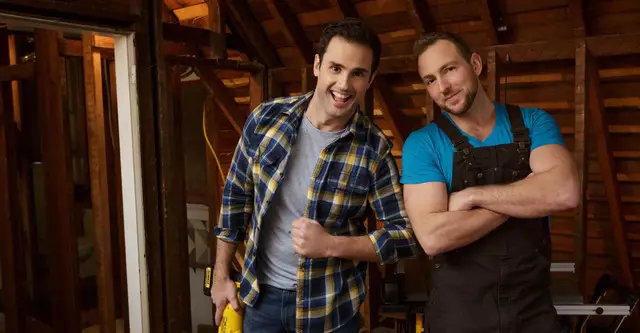
Worst to First offers a fresh perspective on home renovations by focusing on properties that are deemed “the worst” and transforming them into something beautiful. While this premise sounds interesting, the reality behind the show is far less authentic than it appears. Many of the homes featured on the show have already undergone some form of renovation or have been prepped for filming, making the dramatic transformations less impressive than viewers are led to believe.
The timeline of these renovations is also manipulated for television, with many of the “first” homes being completed before the start of filming. Contractors and designers are often brought in behind the scenes to ensure that everything is ready before the cameras start rolling. The show’s portrayal of a “worst to first” journey is therefore more about entertainment than an actual reflection of what it takes to fix up a truly neglected property.
